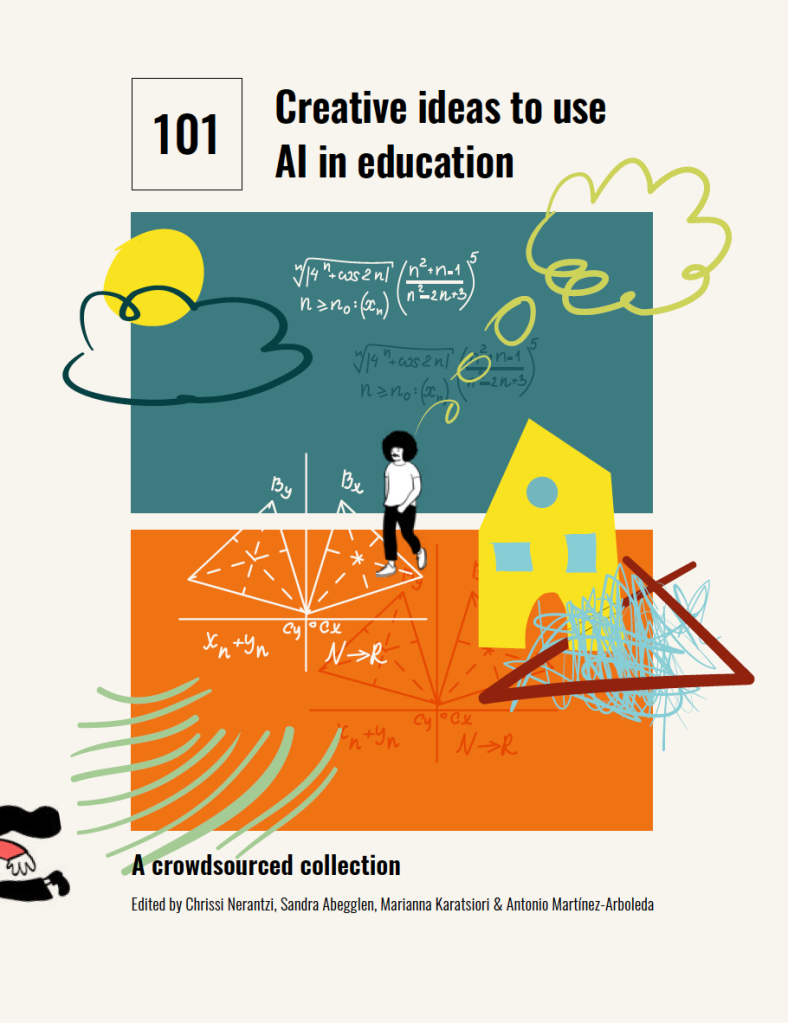

Artificial intelligence--machines, usually computers, that can complete tasks that require human intelligence—provide a reasoned respond to a textual prompt, translate material from one language to another, create images and videos and the like.
Chatbots --computer programs that can provide quick, human-like responses to prompts entered in a dialog box.
Rule defined chatbots-- only provide scripted, predefined responds using a limited data set.
Conversational AI chatbots (e.g.: ChatGPT) --large language model chatbots that have been trained with a significant body of data and use algorithms and probability to generate an unscripted response to a textual prompt.
Text-to Image AI--takes textual input and generates an image (e.g.: DALL-E)
Analytical AI-- uses machine learning to analyze data, derive insights, and make suggestions.
Visual AI--processes and understands images or videos, performing tasks such as object recognition, face detection, and image classification; used in self-driving cars and securiry systems.

Image generated by Midjourney

Image generated by Dall-e

Image-generating AI
Video Generating AI
Slide/Pesentation Generating AI
AI Detection Tools
As new technologies emerge, academic institutions must determine their role in the academic experience and their potential applications in the professional setting.
Artificial intelligence (AI) tools (like ChatGPT) offer both the potential to help students in their academic and professional endeavors and to deprive students of a full academic experience by having AI do their work for them. Students must therefore approach their academic work with honesty and integrity and seek guidance from their instructors regarding the use of such tools (OpenAI, 2023).
Use of AI in college courses where appropriate is encouraged but is at the department or program’s discretion. If undefined by the department or program, then it is at the instructor's discretion. Faculty need the flexibility to design their courses to meet the learning outcomes of a course while also suiting their teaching style. Instructors should provide guidelines or expectations regarding the use of AI in their courses and students should respect the boundaries set by their instructors, using AI tools responsibly, so they can benefit from the many advantages AI can offer in their education (Open AI, 2023).
Additionally, whenever AI generated content is incorporated into one’s work, it must be properly documented using an appropriate documentation style, just as any other content must be.
Reference:
OpenAI. (2023). ChatGPT (May 15 version) [Large language model]. https://chat.openai.com/chat
 F
F
While the text generated by ChatGPT and similar tools sounds highly articulate, it is important to be aware that these tools have certain limitations and issues:

ai ethics by Symbolon from Noun Project (CC BY 3.0)
 #OA Book: 101 Creative Ideas to Use AI in Education
#OA Book: 101 Creative Ideas to Use AI in Education
 Academic Writing AI Prompts Phrasebook
by
Academic Writing AI Prompts Phrasebook
by
While generative AI should never be used as a substitute for doing course work, it can be a helpful learning assistant.
Some appropriate uses include:
Remember though that generative AI tools are not infallible...they do make mistakes! So double check what it generates...that can also provide a useful learning experience.
